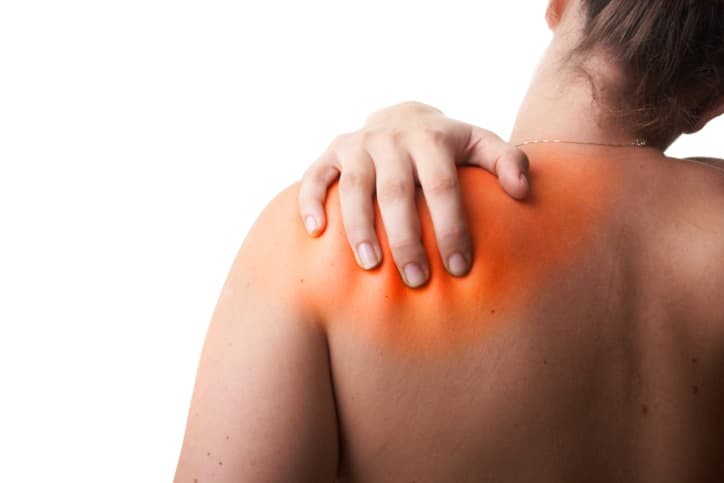
Frozen shoulder, also known as adhesive capsulitis, is a condition that is characterised by pain and stiffness in your shoulder joint. As the condition worsens, the range of motion in your shoulder becomes significantly reduced. It usually affects one shoulder at a time although some people may eventually develop frozen shoulder in the opposite shoulder. However, if you think you are suffering from this condition, there are some things that you can do. Read on to learn more.
Symptoms of Frozen Shoulder
Frozen shoulder usually comes on slowly and in stages. Each of the stages can last for a number of months. In the painful stage, pain occurs with any movement of your shoulder and the shoulder's range of motion starts to become limited. In the frozen stage, pain may begin to diminish, however, the shoulder becomes stiffer and your range of motion decreases significantly. Avoid extreme movements during this stage but continue to use your shoulder normally as much as possible. In the thawing stage, the range of motion in the shoulder begins to improve.
Acupuncture for Frozen Shoulder
Acupuncture is an effective treatment for people that suffer from frozen shoulder as it is great for pain relief. It involves inserting extremely fine needles into the skin to stimulate specific points to allow the free flow of energy in the body. Depending on the severity of the frozen shoulder, a few needles may be used or a number or needles. The needles typically remain in place for 15 to 40 minutes.
Yoga for Frozen Shoulder
Over time, yoga can help you to restore full and pain free range of motion and function to your shoulder. It helps to warm up your shoulders, and the isometric strengthening utilised by yoga is ideal for helping frozen shoulders. Yoga poses can be adjusted so that pain is not felt during the stretching. Once the muscles are warmed, the stretching can help to gently restore the shoulder's range of motion. It is important to be careful, patient, and persistent.
The Niel-Asher Technique for Frozen Shoulder
The Niel-Asher Technique is a natural method of utilising the body's own healing mechanisms. It makes use of a specific sequence of manipulations to the shoulder joint and rotator cuff soft tissues and each part of the sequence stimulates a specific feedback from the tissues to the brain. The technique fools the body/brain into healing itself by working specific groups of muscles one against another in a specific sequence, stimulating a specific neurological profile in the brain. Each session reinforces the previous one. There should be an improvement with each treatment session.
Prolotherapy for Frozen Shoulder
Because the initial cause of a frozen shoulder is weakness in the rotator cuff, it is good to strengthen the supraspinatus tendon with Prolotherapy in conjunction with physiotherapy. Prolotherapy is very effective at strengthening the rotator cuff tendons. It stimulates the body to repair painful areas by inducing a mild inflammatory reaction in the weakened tendons, ligaments, and cartilage. Since the body heals by inflammation, Prolotherapy stimulates healing.
Physical Therapy for Frozen Shoulder
Physical therapy starts with using heat to reduce pain and stiffness and increase circulation. A hot shower or bath is helpful for this or you can use heating pads, wraps, or towels. Shoulder massage is helpful as it increases the flow of blood and oxygen to the area and helps to loosen the shoulder and reduce pain. Weight and non weight stretching exercises will help you to regain flexibility in your shoulder joint. Common exercises include arm swings with weights, arm raises, overhead stretches, stretching your arms across your body, and towel stretches. When doing these stretching exercises, you should feel tension but not pain or severe discomfort. Do the exercises once or twice daily until the shoulder restores its normal range of movement.
Originally published on Dec 17, 2008








